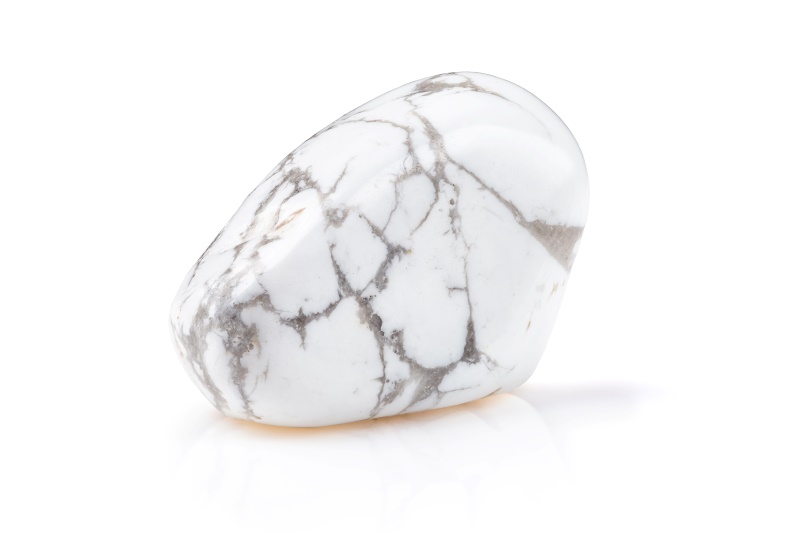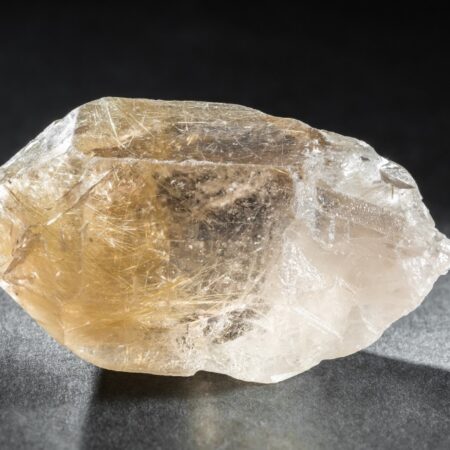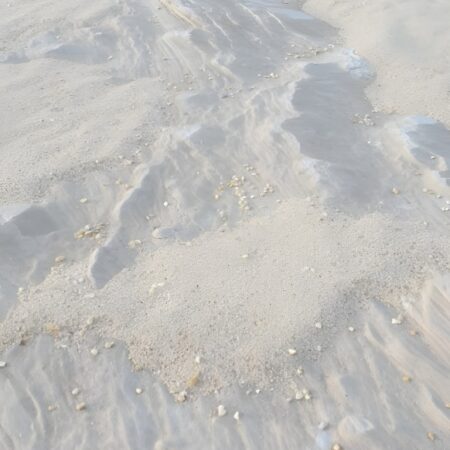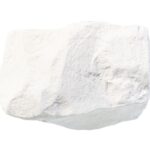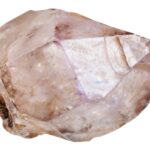Description
Magnesite is a mineral composed of magnesium carbonate (MgCO3). It forms through the alteration of magnesium-rich rocks during metamorphism or hydrothermal processes. Magnesite is typically white, gray, or brown in color and has a glassy to pearly luster. It is an important source of magnesium, which is used in various industrial applications.
Uses of Magnesite include:
- Magnesium Production: Magnesite is a primary source of magnesium metal, which is extracted through a process called calcination. Magnesium metal is used in the production of alloys, particularly in the aerospace and automotive industries.
- Refractory Materials: Due to its high melting point and resistance to heat and corrosion, magnesite is used in the production of refractory bricks and linings for furnaces, kilns, and other high-temperature applications.
- Magnesium Compounds: Magnesite is a precursor for the production of various magnesium compounds, including magnesium oxide (MgO) and magnesium hydroxide (Mg(OH)2), which are used in industries such as construction, agriculture, and environmental remediation.
- Animal Feed: Magnesite is sometimes used as a source of magnesium in animal feed supplements to promote healthy growth and development in livestock.
- Environmental Applications: Magnesium compounds derived from magnesite, such as magnesium hydroxide, are used in environmental applications such as wastewater treatment and flue gas desulfurization due to their ability to neutralize acids and remove pollutants.
- Fertilizers: Magnesite can be processed into magnesium fertilizers, which provide essential nutrients for plant growth and improve soil quality, particularly in magnesium-deficient soils.
Overall, magnesite plays a crucial role in various industrial, agricultural, and environmental applications due to its unique properties and the versatility of magnesium compounds derived from it.


